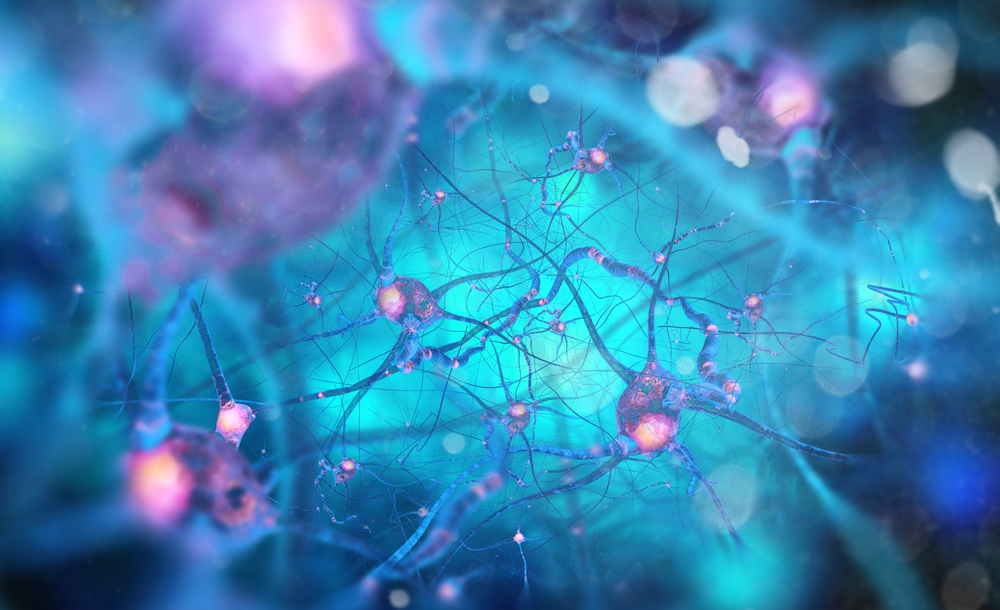Perillyl Alcohol Lowers Toxicity, Cell Death in Parkinson’s Cell Model, Study Reports

A plant-derived compound called perillyl alcohol restored cell survival and lowered oxidative stress and DNA damage in a cell model of Parkinson’s disease, according to researchers.
The new study, “Evaluation of phytomedicinal potential of perillyl alcohol in an in vitro Parkinson’s Disease model,“ was published in the journal Drug Development Research.
For cells to create energy, they “breathe” oxygen received by the food we eat and the air we breathe, and as a result, reactive molecules are created. These residual molecules are the free radicals responsible for oxidative stress.
In addition, in our everyday life, our bodies are exposed to reactive oxygen species (ROS) as a result of the environment around us. When something doesn’t work well in the energy extraction process and cells become full of ROS compounds, oxidative stress occurs.
Oxidative stress and dysfunction in mitochondria (the cells’ powerhouses that produce energy) are implicated in Parkinson’s development.
Join the Parkinson’s forums: an online community for people with Parkinson’s Disease.
In laboratory animal models, neurotoxin 6-hydroxydopamine (6-OHDA) — which causes oxidative stress and impairs the cellular production of energy — is one of the most frequently used neurotoxins to induce Parkinson’s disease by generating ROS.
Preclinical studies of other neurodegenerative disorders, such as Alzheimer’s and Huntington’s diseases, have reported that using antioxidants can ease cell toxicity.
Perillyl alcohol (PA), commonly found in peppermint, lemongrass, lavender, and sage, has shown anti-cancer activity in animal models and human patients.
Besides being a natural compound, its inexpensive production and lack of adverse events with intranasal (through the nose) delivery make PA a potential Parkinson’s therapy. However, no studies have evaluated this compound in a Parkinson’s model.
Researchers at Aligarh Muslim University in India assessed the ability of perillyl alcohol to lower ROS generation, mitochondrial dysfunction, and resulting cell toxicity in a cell line (SH-SY5Y) treated with 6-OHDA (150 μM).
SH-SY5Y is a human origin neuroblastoma (a type of brain tumor) cell line that is capable of emulating physiological conditions of neurons and as such, has been used to model various neuronal disorders in the laboratory, including Parkinson’s.
Pretreatment (one hour before 6-OHDA administration) with both 10 and 20 μM concentrations of PA significantly improved cells’ viability, which usually falls below 50% due to the effects of the neurotoxin. Importantly, PA had no toxic effects on these cells and lowered 6-OHDA-induced ROS generation in a dose-dependent manner.
Perillyl alcohol was able to partially restore the decreased mitochondrial membrane potential (MMP) — an indicator of its functional status and associated with cell survival — caused by 6-OHDA.
PA also decreased cell death, as observed by decreased mitochondrial release of cytochrome c, which is often released from mitochondria during the early stages of apoptosis (“programmed” cell death).
Protection from DNA damage (or fragmentation), which plays a key role in the development of neurodegenerative diseases, was also achieved with both doses of perillyl alcohol.
“We have come to the conclusion that PA demonstrates sufficient neuroprotective activity to provide new avenues in therapy of [Parkinson’s] and its apparent target being restoration of MMP can lead to better understanding of the disease,” the researchers wrote.
However, they cautioned that in vivo (animal) studies are required to fully characterize perillyl alcohol’s effectiveness and mechanism of action.






